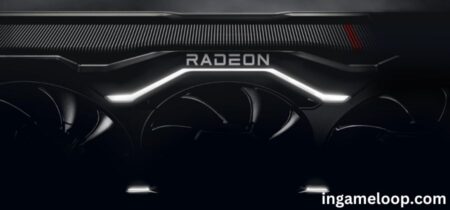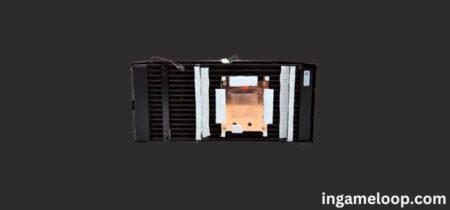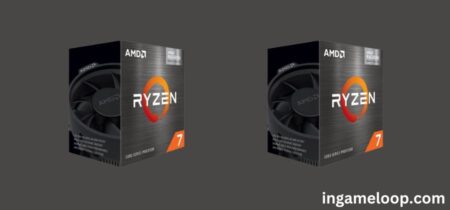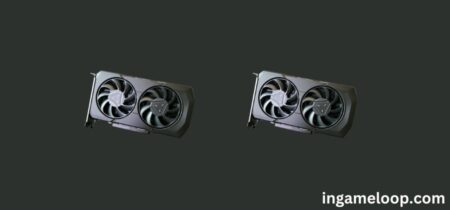
In a groundbreaking development for the tech industry, the latest innovation in space-saving RAM technology has garnered widespread acclaim. The recently ratified CAMM2 standard by JEDEC (Joint Electron Device Engineering Council) has paved the way for new, compact RAM sticks capable of accommodating up to an impressive 128 gigabytes of memory in laptops.
The CAMM2 standard, originally conceived as a proprietary technology introduced by Dell with its Precision 7670 laptop, has officially gained industry approval by achieving JEDEC standardization. This milestone marks a pivotal moment in the evolution of laptop memory, as CAMM2 emerges as a revolutionary alternative to the well-established SO-DIMM (Small Outline Dual In-Line Memory Module) form factor, which has dominated the scene for over two decades.
Formerly known simply as CAMM, the technology has now been officially designated as CAMM2, reflecting its standardized status. One of the key distinguishing features of CAMM2 is its exceptionally thin profile, touted by Dell as being 57% slimmer than its predecessor, SO-DIMM. This sleek design not only contributes to the aesthetic appeal of laptops but also holds the promise of enhanced portability and reduced device thickness.
The proprietary nature of the original CAMM technology posed a significant drawback for users seeking upgrades, as Dell maintained exclusive control over CAMM memory production. However, with the JEDEC standardization of CAMM2, this concern becomes obsolete, opening the doors for a more diverse market where multiple manufacturers can contribute to the production of CAMM2-compatible RAM sticks.
CAMM2 introduces two distinct variants in its specifications: one tailored for DDR5 and another for LPDDR5(X). This versatility is a notable feature, allowing compatibility with different types of memory, and addressing the varying needs of consumers and manufacturers alike. A noteworthy aspect of CAMM2 is its support for non-soldered LPDDR5(X) memory, potentially influencing a shift away from soldered DDR5 RAM.
The two CAMM2 variants, while offering impressive capabilities, come with different pin-outs. This means that interchangeability between the DDR5 and LPDDR5(X) variants on a single motherboard is not possible, underscoring the importance of careful consideration when selecting and upgrading RAM modules.
A standout advantage of CAMM2 lies in its capacity to activate dual-channel memory without the necessity for multiple modules. This breakthrough ensures that a single CAMM2 module can effectively support two memory channels, significantly enhancing memory bandwidth for the CPU and integrated graphics. In contrast, the traditional SO-DIMM memory is limited to a single channel per stick.
Despite the initial anticipation of higher costs associated with the novel technology, CAMM2 is poised to become the new standard for laptops and other mobile devices. The industry foresees a gradual transition from SO-DIMM to CAMM2, with both standards coexisting for an extended period. This transitional phase allows users to adapt to the innovative technology at their own pace while still enjoying the familiarity of the existing SO-DIMM architecture.
The ratification of the CAMM2 standard by JEDEC heralds a new era in laptop memory technology. The sleek design, impressive capacity, and industry-wide approval position CAMM2 as a game-changer, offering users a compelling alternative to the established SO-DIMM standard. As laptops continue to evolve, CAMM2 stands at the forefront, shaping the future of memory solutions for portable computing devices.







